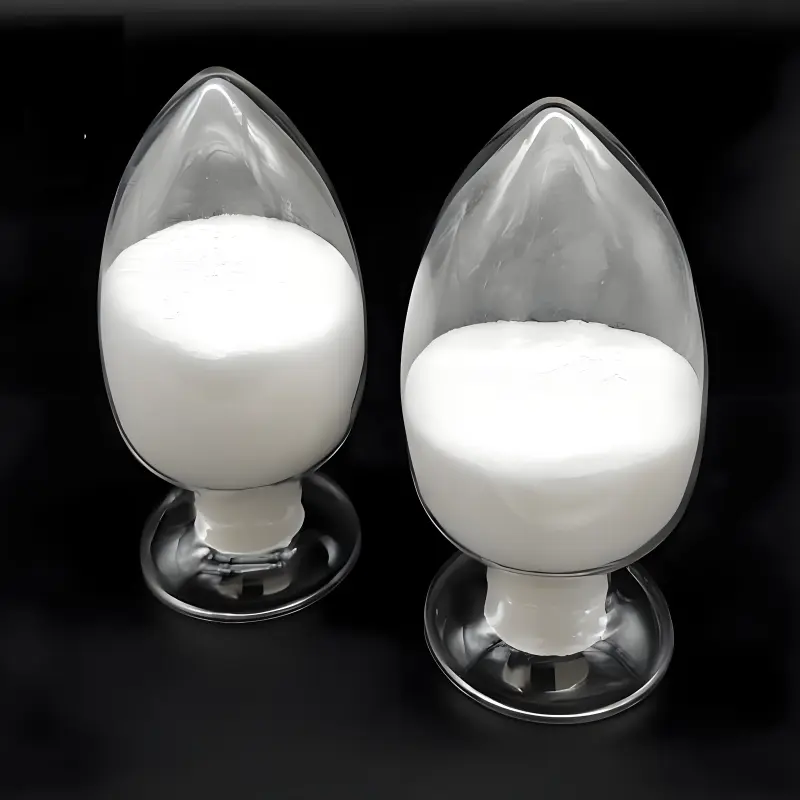-
Categories
-
Pharmaceutical Intermediates
-
Active Pharmaceutical Ingredients
-
Food Additives
- Industrial Coatings
- Agrochemicals
- Dyes and Pigments
- Surfactant
- Flavors and Fragrances
- Chemical Reagents
- Catalyst and Auxiliary
- Natural Products
- Inorganic Chemistry
-
Organic Chemistry
-
Biochemical Engineering
- Analytical Chemistry
-
Cosmetic Ingredient
- Water Treatment Chemical
-
Pharmaceutical Intermediates
Promotion
ECHEMI Mall
Wholesale
Weekly Price
Exhibition
News
-
Trade Service
Metabolic syndrome (METS) is characterized by at least three of the following five abnormalities: impaired fasting blood glucose, central obesity, low-density lipoprotein (HDL-C), elevated triglyceride (TG) levels, and high blood pressure
.
With the improvement of living standards, the prevalence of METS has increased rapidly throughout the world in the past few decades
Metabolic syndrome
This study aims to determine the longitudinal association between the sources of different types of dietary protein and the incidence of METS in a large sample of Iranian adults
.
This study assumes that dietary protein from different sources (animal or plant) has a different relationship with the risk of METS events
Determine the longitudinal association between the sources of different types of dietary protein and the incidence of METS in a large sample of Iranian adults
The study covered 4163 people, of which 1869 (45%) had METS
.
The overall characteristics of the participants are shown in Table 1
METS METS
The dietary intake of participants according to the presence or absence of MetS and the year of data collection is summarized in Table 2
.
In 2001, people with MetS ate more poultry, nuts, fruits and vegetables
In 2001, people with MetS ate more poultry, nuts, fruits and vegetables
Table 3 shows the crude ratio
of METS to dietary protein intake frequency and the multivariate adjusted ratio .
The frequency of total protein consumption was related to a 17% reduction in the probability of MetS in the model ( OR 0.
Table 3 shows the crude ratio
In terms of animal protein, each additional increase in consumption frequency was associated with a 20% reduction in MetS risk (OR 0.
80; 95% CI 0.
77-0.
83)
.
Adjusting for confounding factors did not change the association (OR 0.
There was a significant inverse correlation between the frequency of plant protein consumption and the incidence of METS (OR 0.
70; 95% CI 0.
64-0.
76)
.
Each time the consumption of nuts and seeds was increased, the incidence of METS decreased by 23% (OR0.
77; 95%CI 0.
71-0.
84)
.
The consumption of beans and soybeans is inversely proportional to the incidence of METS (OR 0.
82; 95% CI 0.
75-0.
90)
.
However, after adjusting for confounding factors, the association was no longer significant (OR 0.
96; 95% CI 0.
86-1.
07)
.
Similar to the overall population, in men and women, a clear reverse correlation was observed between the incidence of METS and the frequency of total, plant and animal protein consumption
.
Correcting for confounding factors did not change these associations
.
Regarding the different protein sources, each increase in consumption frequency of red meat, poultry, eggs, nuts and seeds, as well as beans and soybeans is associated with a lower risk of METS in men and women
.
However, adjustments to the covariates resulted in no significant associations between eggs to women and nuts and seeds to men
.
Whether it is male or female, the negative correlation between beans and soybeans and met is no longer significant after adjustment for confounding factors
.
In processed meats, there is a significant inverse correlation between the incidence of METS and the frequency of consumption by women, while men do not
.
However, after adjusting for potential confounding factors, the correlation is no longer significant
.
Whether it's men or women, fish and dairy products have nothing to do with METS
.
.
Whether it is male or female, the negative correlation between beans and soybeans and met is no longer significant after adjustment for confounding factors
.
In processed meats, there is a significant inverse correlation between the incidence of METS and the frequency of consumption by women, while men do not
.
However, after adjusting for potential confounding factors, the correlation is no longer significant
.
Whether it's men or women, fish and dairy products have nothing to do with METS
.
In this large-scale prospective cohort study, each additional increase in the frequency of total, animal and plant protein consumption is related to the lower probability of MetS
.
Even after adjusting for potential confounders, these results are still statistically significant, and there are no significant differences between men and women
.
This study is one of the first studies to study the relationship between different sources of dietary protein and the incidence of METS
.
.
Even after adjusting for potential confounders, these results are still statistically significant, and there are no significant differences between men and women
.
This study is one of the first studies to study the relationship between different sources of dietary protein and the incidence of METS
.
In summary, this study provides evidence that high-risk METS subjects may benefit from increased dietary intake of total protein, animal and plant protein
.
Compared with women, these associations are slightly stronger for men, but the difference is not significant
.
.
Compared with women, these associations are slightly stronger for men, but the difference is not significant
.
Original source:
Original source:Parisa Hajihashemi, et al.
The long‑term association of diferent dietary protein sources with metabolic syndrome
The long‑term association of diferent dietary protein sources with metabolic syndrome
Scientifc Reports | (2021) 11:19394 | https://doi.
org/10.
1038/s41598-021-98688-0
org/10.
1038/s41598-021-98688-0 Leave a message here






